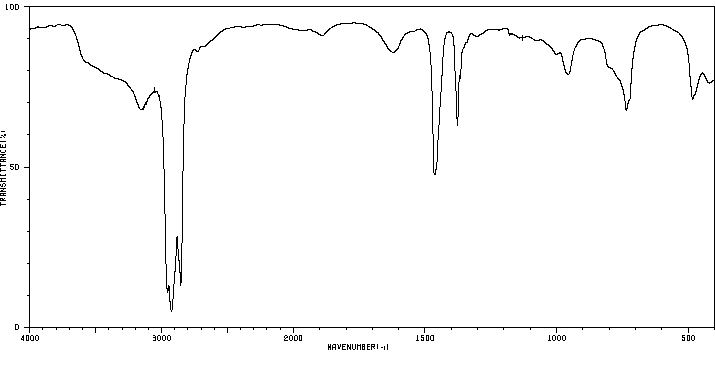代谢
铜主要通过胃肠道吸收,但也可以通过吸入和皮肤吸收。它通过基底外侧膜,可能是通过调节铜转运蛋白,并与血清白蛋白结合被运输到肝脏和肾脏。肝脏是铜稳态的关键器官。在肝脏和其他组织中,铜以与金属硫蛋白、氨基酸以及与依赖铜的酶结合的形式储存,然后分配通过胆汁排泄或并入细胞内和细胞外蛋白中。铜通过血浆中与血清白蛋白、铜蓝蛋白或低分子量复合物结合的方式被运输到外周组织。铜可能诱导金属硫蛋白和铜蓝蛋白的产生。膜结合的铜转运腺苷三磷酸酶(Cu-ATPase)将铜离子输送到细胞内和细胞外。体内生理正常水平的铜通过改变铜的吸收速率和数量、分布区域以及排泄来保持恒定。(L277, L279)
Copper is mainly absorbed through the gastrointestinal tract, but it can also be inhalated and absorbed dermally. It passes through the basolateral membrane, possibly via regulatory copper transporters, and is transported to the liver and kidney bound to serum albumin. The liver is the critical organ for copper homoeostasis. In the liver and other tissues, copper is stored bound to metallothionein, amino acids, and in association with copper-dependent enzymes, then partitioned for excretion through the bile or incorporation into intra- and extracellular proteins. The transport of copper to the peripheral tissues is accomplished through the plasma attached to serum albumin, ceruloplasmin or low-molecular-weight complexes. Copper may induce the production of metallothionein and ceruloplasmin. The membrane-bound copper transporting adenosine triphosphatase (Cu-ATPase) transports copper ions into and out of cells. Physiologically normal levels of copper in the body are held constant by alterations in the rate and amount of copper absorption, compartmental distribution, and excretion. (L277, L279)
来源:Toxin and Toxin Target Database (T3DB)







